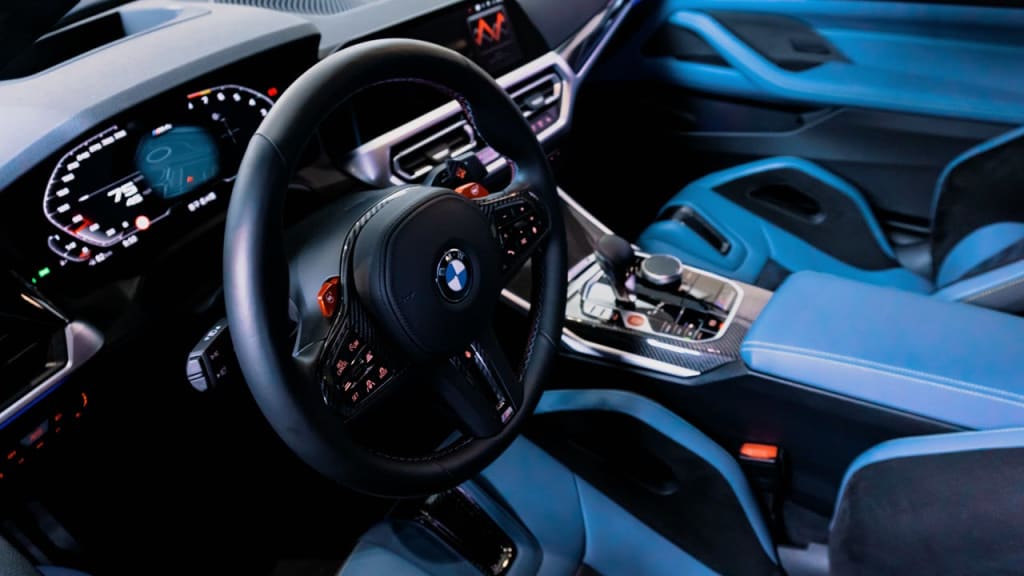Navigating Limp Mode in Your BMW: Causes, Effects, and Remedies
BMW Limp Mode

Have you ever experienced your car suddenly entering limp mode? The frustration of diminished performance, unresponsive throttle, and sluggish gear shifts can be both perplexing and exasperating. Limp mode is a protective mechanism triggered by the vehicle's control systems when they detect faults in critical components that could potentially lead to power loss or further damage. In this article, we delve into the concept of limp mode in BMWs, its implications, and how to navigate this situation effectively.
Decoding Limp Mode in BMWs
In the intricately designed world of modern vehicles, a network of components tirelessly monitors the engine, transmission, and exhaust systems, relaying information to the engine control unit (ECU). The ECU acts as the vehicle's "brain," making real-time decisions based on data from these components. When faults are detected – particularly in engine and transmission functions – that could compromise power output or cause damage, the ECU invokes a safeguard known as limp mode.
Limp mode is essentially a safety measure. It restricts the engine's power output to prevent further damage and loss of control. This mode becomes evident through symptoms such as an unresponsive throttle, limited speed capability, and the transmission being locked in lower gears. While the sudden drop in performance might be disconcerting, it's crucial to understand that limp mode aims to protect your BMW from more severe consequences.
Understanding the Signs of Limp Mode
Recognizing limp mode symptoms is pivotal in diagnosing the situation accurately. Key indicators include:
1. Flashing Check Engine Light: The check engine light might flash or change to a dark red color, indicating an immediate issue.
2. Limited Transmission Gears: The transmission might remain stuck in lower gears, typically 2nd or 3rd gear.
3. Low Engine RPM: The engine's revolutions per minute (RPM) might remain consistently low, hindering acceleration.
4. Dashboard Warnings: Warning signs related to the drive train or engine might illuminate on the dashboard.
5. Speed Restriction: The vehicle may struggle to exceed speeds of 40 mph, further limiting performance.
Root Causes of Limp Mode in BMWs
Various factors can trigger limp mode in a BMW, highlighting the intricate interplay between its components:
1. Damaged Wiring: Faulty engine or transmission wiring can disrupt crucial communication between components.
2. Sensor Issues: Malfunctioning sensors – such as those measuring temperature, pressure, or airflow – can send inaccurate data to the ECU, prompting limp mode.
3. Ignition System Faults: Problems in the ignition system, like malfunctioning spark plugs or coils, can affect engine performance and lead to limp mode activation.
4. Brake Malfunctions: Brake system issues, such as faulty brake sensors, can impact vehicle stability, causing the ECU to trigger limp mode.
5. Mechanical Concerns: Any mechanical abnormalities within the engine or transmission, such as fluid leaks or worn-out components, can prompt limp mode.
Effective Measures When Limp Mode Strikes
Experiencing limp mode while driving requires a calm and calculated response:
1. Safely Pull Over: When you notice limp mode symptoms, carefully maneuver your BMW to the side of the road to prevent any accidents or further complications.
2. Inspect the Basics: Check the gas cap to ensure it's properly tightened and scan the dashboard for any warning lights that might offer insights into the issue.
3. Restart the Engine: Try turning off the engine and restarting it to see if the limp mode persists. Occasionally, the issue might be temporary and resolve with a reboot.
4. Seek Assistance: If the issue persists, it's advisable to call for roadside assistance or a tow truck if necessary. Having your BMW transported to a reliable auto repair shop is crucial.
5. Professional Diagnosis: Once your BMW is safely parked, seek the expertise of experienced mechanics or BMW specialists. They can diagnose the underlying issue, reset the limp mode, and perform necessary repairs.
Conclusion
The phenomenon of limp mode in BMWs is a protective mechanism that shields your prized vehicle from potential harm. Although its sudden onset might be disconcerting, understanding its purpose and knowing how to react can help you navigate the situation effectively. Limp mode serves as a reminder that modern vehicles are equipped with intricate control systems that prioritize safety and minimize further damage. In the event of limp mode activation, remain composed, pull over safely, assess the situation, and engage professional help promptly. Entrusting your BMW to experienced technicians ensures not only a thorough diagnosis but also a resolution that reinstates the unparalleled performance and luxury that your BMW embodies.
About the Creator
Mechanics Direct
We at Mechanics Direct are family owned automotive servicing and repair shop and have 22 years of experience in looking after cars like Acura, Lexus, Subaru, Toyota, Honda, BMW and Mercedes.






Comments
There are no comments for this story
Be the first to respond and start the conversation.